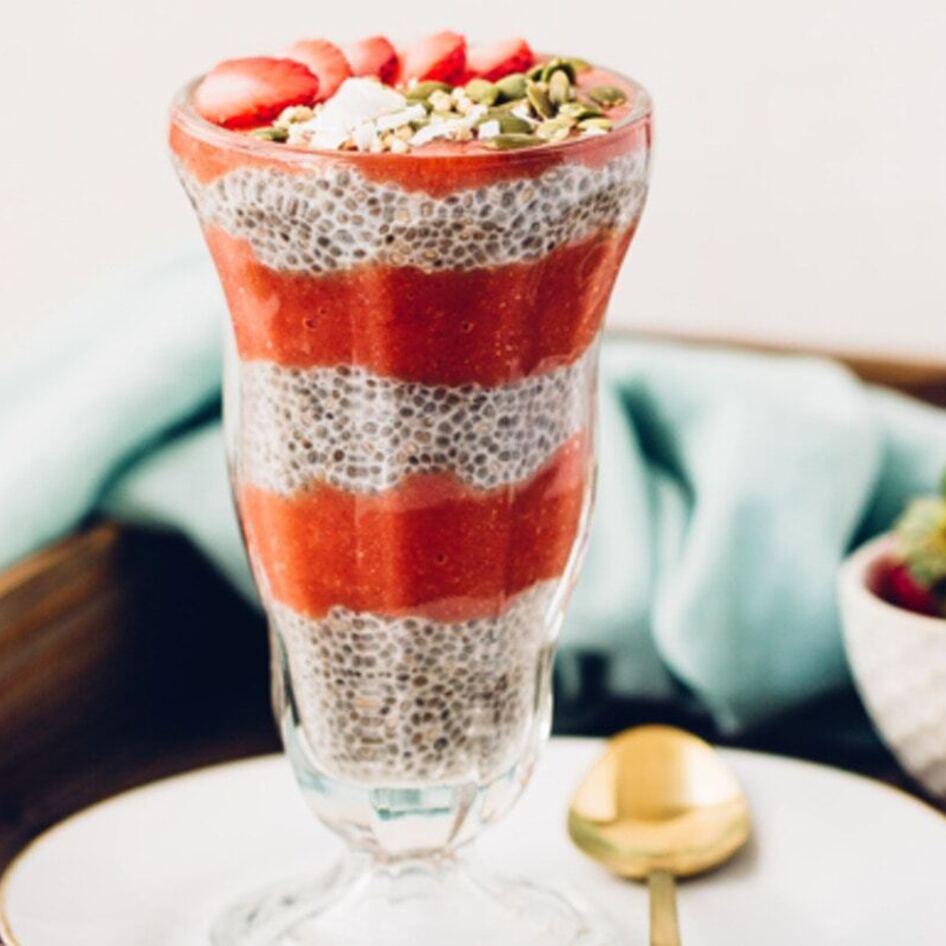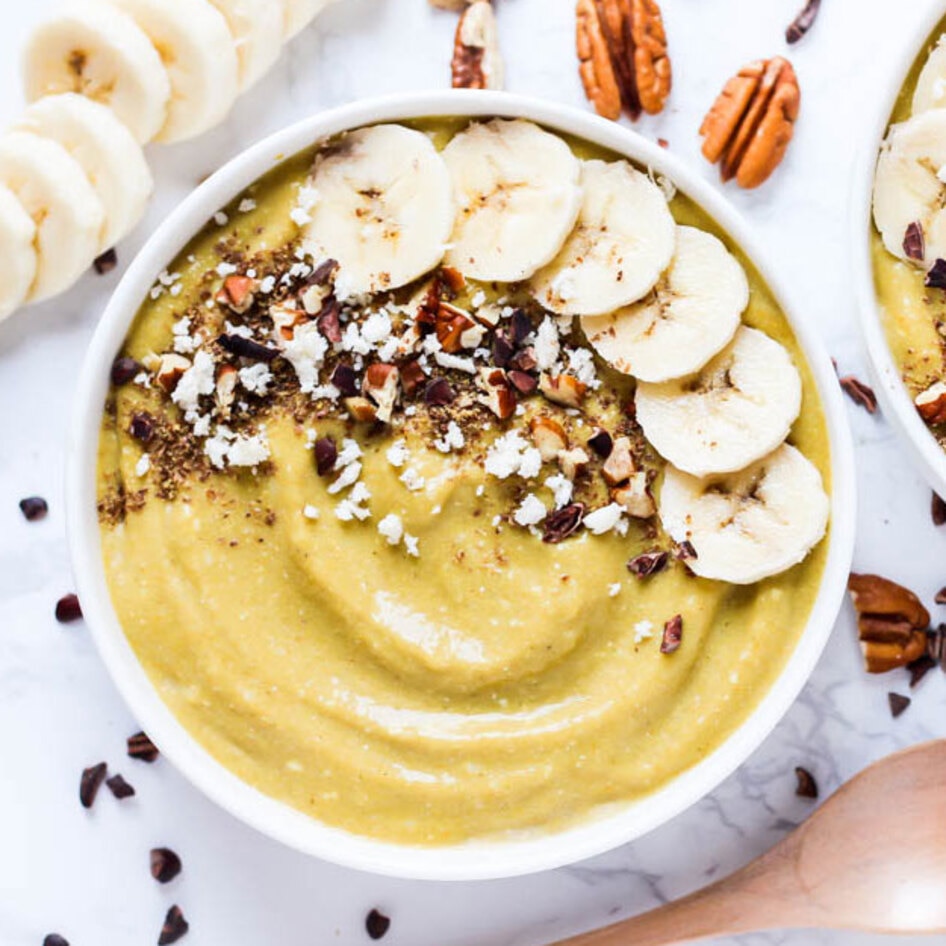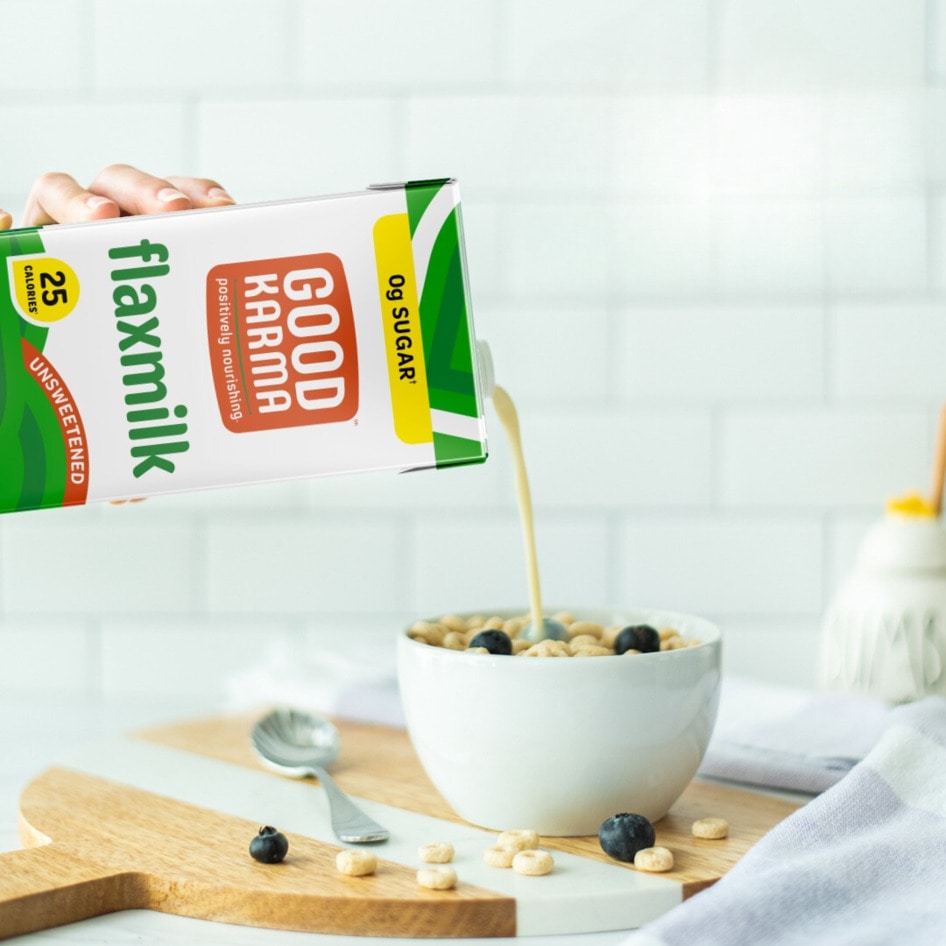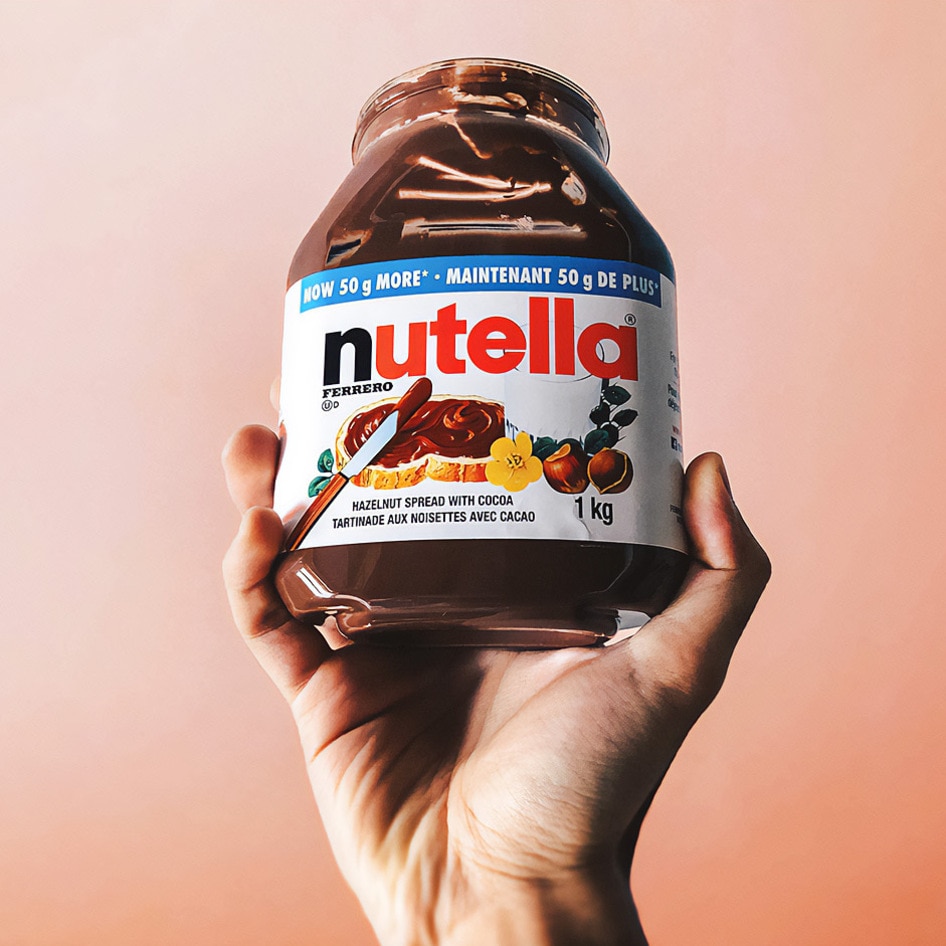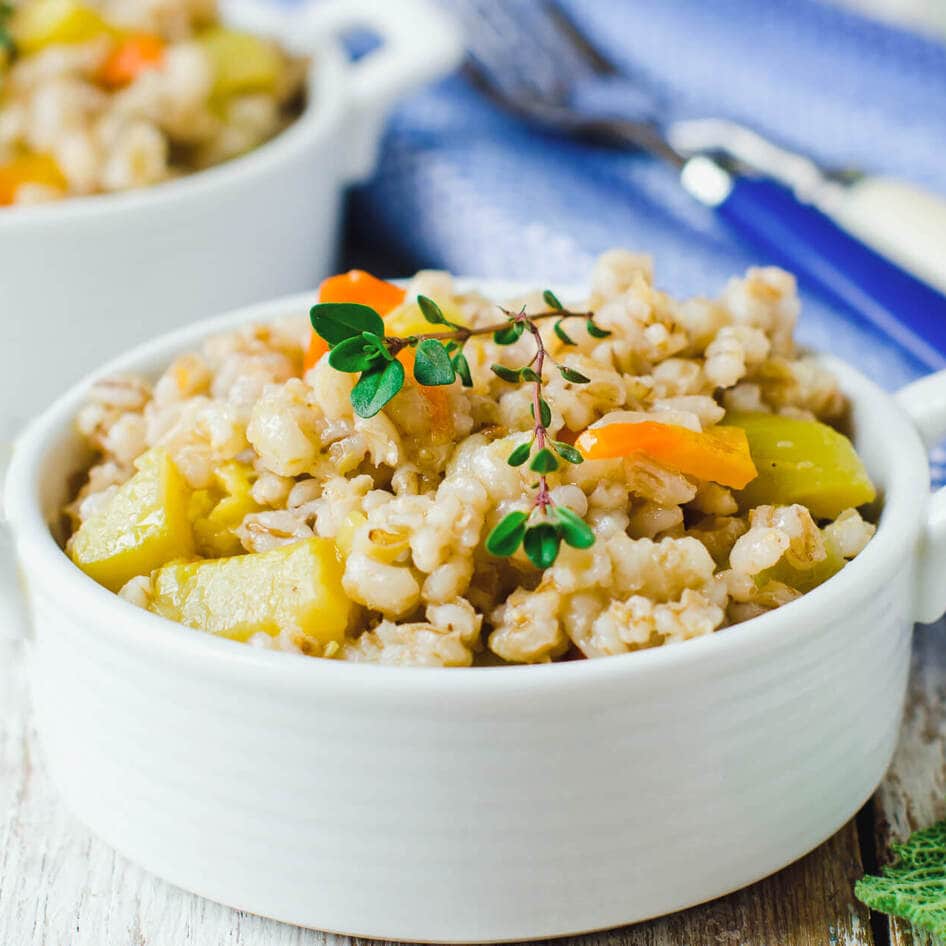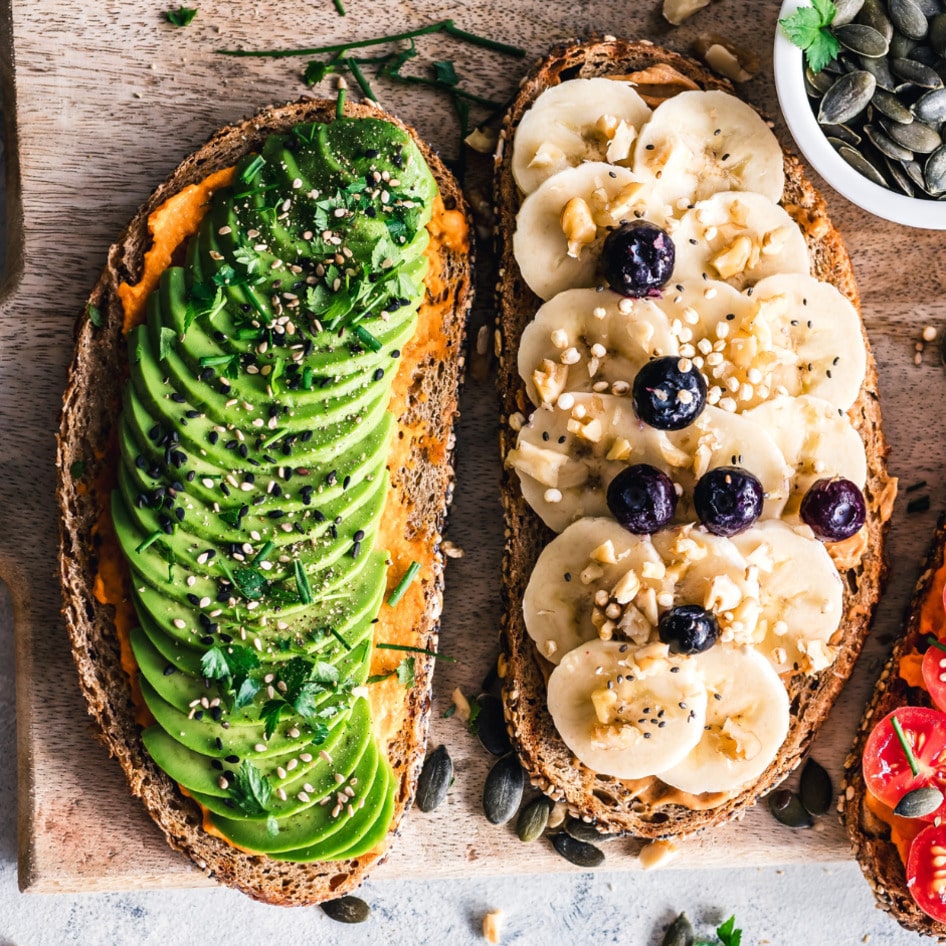Chia Seeds 101
Learn all about the amazing health benefits this seed has to offer and how to incorporate it into your diet.
June 21, 2011
Remember chia pets? Those terra cotta plants shaped like a dog, sheep, or Elvis’ head, complete with its own ridiculously catchy jingle? Well, the plant behind that fuzzy green growth is back, and this time, it’s doing a lot more than adorning your kitchen windowsill. Chia seeds have exploded onto the health-food market in granola, drinks, powders, and a whole host of constantly growing products. What’s behind this new nutritional powerhouse? We decided to find out.
An Introduction is in Order
The chia plant, or Salvia hispanica for you botanists out there, is a flowering plant native to the region from southern Mexico to Guatemala. A member of the mint family, the name chia comes from the Aztec word chian, meaning “oily,” and is commercially grown in Australia, Argentina, Bolivia, Ecuador, Guatemala, and Mexico. While the chia plant indeed has leaves and usually purple and white flowers, the seeds of this annual have become increasingly popular in the health-food universe, and for good reason. These tiny gems, each about one millimeter in diameter, pack more nutritional bang for your buck than you could imagine.
Health-Benefit Bonanza
So what’s in there? The chia plant has been used utilized for its health benefits for thousands of years. The Aztecs used the chia plant to relieve sore skin and joint pain, and Aztec warriors used the plant and seeds as a survival ration. They were on the right track—chia is bursting with benefits. The seed is very rich in Omega-3 fatty acids, unsaturated fats that strengthen the immune system, lower cardiovascular-disease risk, improve digestion, and aid in weight loss, just to name a few. In addition, chia seeds are packed with antioxidants, literally—the seeds contain so many that they don’t deteriorate. In other words, they have a ridiculously long shelf life. Besides busting with omega-3s and antioxidants, chia seeds are a complete plant-based protein source. Is that not enough for you? The seeds even help regulate your blood sugar. When chia seeds are soaked in water, they create a gel. In our stomachs, the gel slows down the work of digestive enzymes that convert carbohydrates into sugar, stabilizing blood sugar levels. If that weren’t enough, the seeds are also packed with fiber, iron, phosphorus, niacin, manganese, magnesium, calcium, potassium, and zinc—quite a lot for such a little seed.
Do Try This at Home
Chia seeds have a mild, nutty flavor, and can be used in countless ways. A popular way to get your chia in Mexico and Central America is by drinking chia fresca, a mixure of chia seeds, water, sugar, and lemon or lime juice. You can also buy ground or whole chia seeds and sprinkle them over cereal, oatmeal, salads, and soups, and mix the ground variety into smoothies, flour, baking mixes … pretty much anything. If you’re new to chia seeds, try out Chia Bread, a Kale Smoothie, Peanut Butter Granola Bars, or Chia Pudding for dessert. Figure out how to best incorporate this whole-body benefitting seed into your diet. You won’t regret it.
Photo courtesy of Hannah Kaminsky
JUMP TO ... Latest News | Recipes | Guides | Health | Shop

